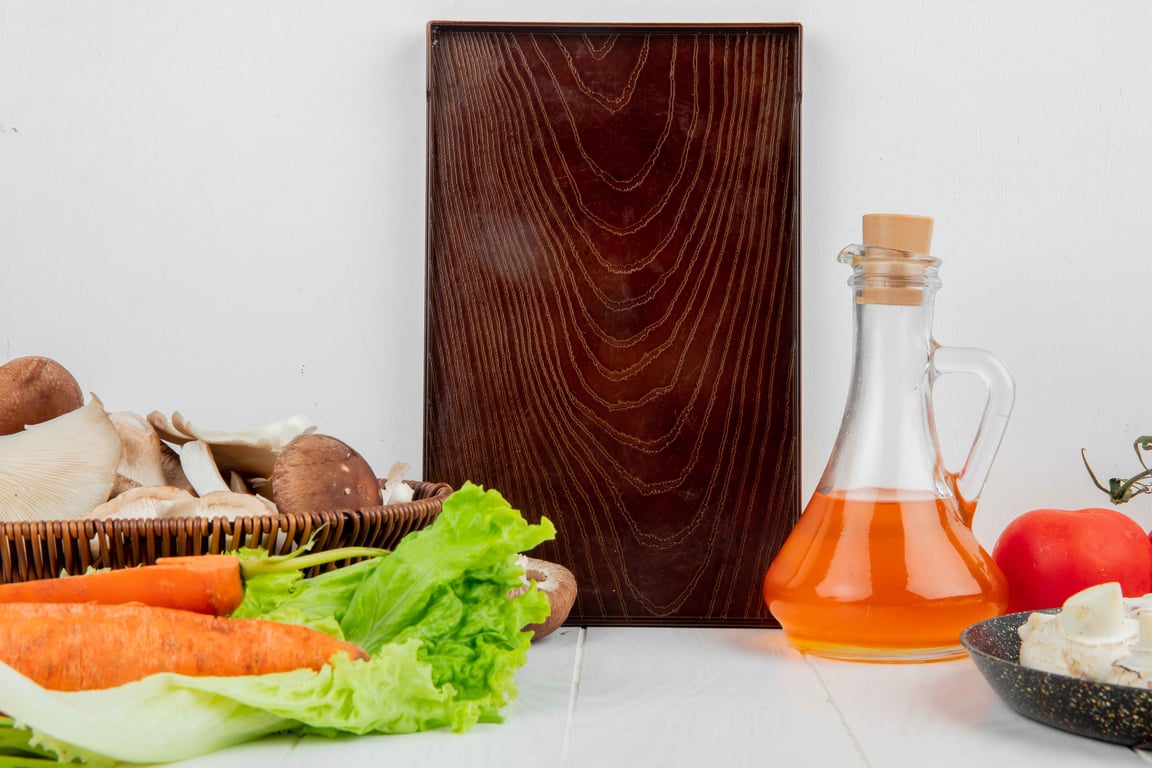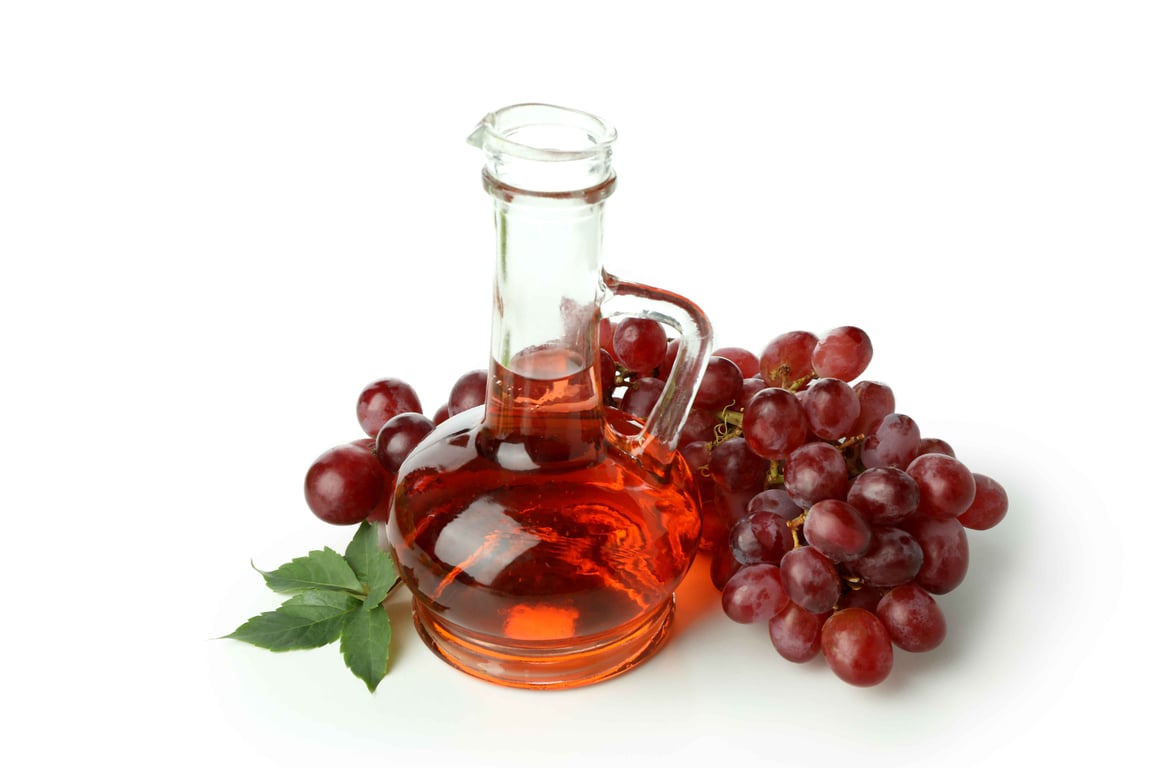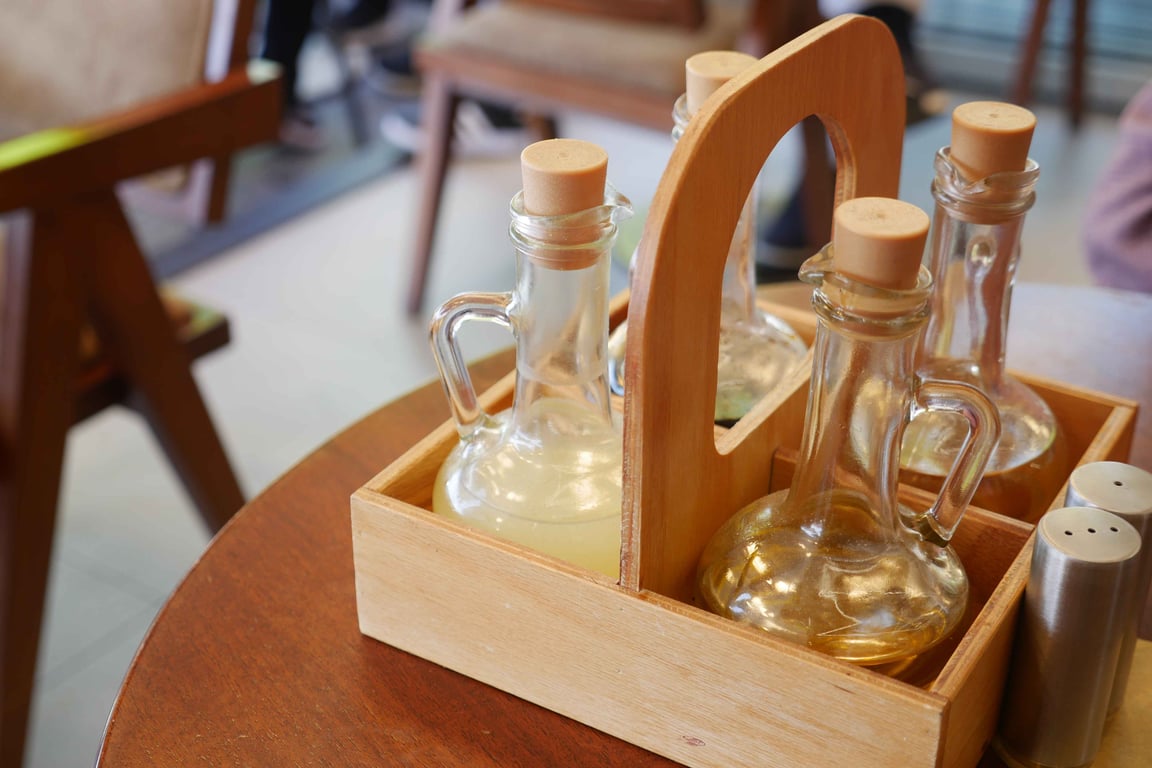How to Choose the Right Vinegar for Cooking

Vinegar is more than a tangy pantry staple—it is a culinary workhorse that brightens sauces, balances desserts, and tenderizes meats. Nearly every cuisine keeps at least one bottle on hand, yet each style of vinegar lends a unique character that can elevate or overwhelm a dish. Understanding the types of cooking vinegar and matching them to specific recipes is the fastest path to richer flavor and consistent results.
Why Vinegar Matters in Cooking?
A splash of acid enhances the perception of salt and sweetness, slashes fattiness, and deepens color. Vinegar also:
- Acts as a natural preservative in pickles and marinades.
- Breaks down tough proteins, shortening marinade time.
- Brings microbial safety to quick pickles and relishes.
- Because it performs these jobs so effectively, choosing the right vinegar for cooking is central to getting the best taste and texture while maintaining recipe balance.
Types of Cooking Vinegar and Their Uses
Balsamic Vinegar
Profile: Dark, syrupy, and slightly sweet with a wood-aged complexity.
Best uses: Drizzling over caprese salads, glazing roasted vegetables, finishing steak or strawberries, and crafting recipes for balsamic vinegar dressing. A quick dressing ratio is 3 parts extra-virgin olive oil to 1 part balsamic, plus salt, pepper, and a teaspoon of Dijon for stability.
Pairings: Tomato, berry, aged cheese, grilled meats.
Red Wine Vinegar
Profile: Sharp but fruity, made from fermented red wine.
Best uses: Vinaigrettes, pan reductions for lamb or beef, pickled onions, and classic gazpacho. Its robust acidity stands up to oily fish and hearty legumes.
Pairings: Beetroot, lentils, sardines, goat cheese.
White Wine Vinegar
Profile: Delicate acidity with a light, slightly floral aroma.
Best uses: Poaching eggs (it helps whites set), beurre blanc sauce, chicken piccata, and any dish where a brighter note is needed without darkening the food.
Pairings: Poultry, white fish, asparagus, butter-based sauces.
Sherry Vinegar
Profile: Nutty, medium-bodied, aged in oak for complexity.
Best uses: Gazpacho Andaluz, braised mushrooms, Spanish-style chicken marinades, and finishing creamy soups like bisque or chowder.
Pairings: Jamón, almonds, caramelized onions, root vegetables.
Apple Cider Vinegar
Profile: Fruity tang with a hint of vanilla; often raw and unfiltered.
Best uses: Coleslaw, pulled pork mop sauce, wellness tonics, quick pickles, and vegan “buttermilk” (1 tablespoon per cup plant milk).
Pairings: Cabbage, pork, apple desserts, squash.
Rice Vinegar
Profile: Mild, slightly sweet, lower acidity than most Western varieties.
Best uses: Sushi rice seasoning (combine with sugar and salt), stir-fry splash, Asian cucumber salad, and Korean-style quick pickled veggies.
Pairings: Seafood, jasmine rice, sesame oil, ginger.
How to Choose Vinegar Based on Your Recipe
1. Match flavor intensity: A delicate beurre blanc benefits from white wine vinegar, while slow-roasted vegetables shine with balsamic.
2. Respect cuisine tradition: Using rice vinegar in sushi rice or sherry vinegar in Spanish stews preserves authenticity.
3. Consider sweetness: Balsamic and some aged apple cider vinegars carry residual sugars that caramelize under heat. Opt for drier red wine vinegar if you aim for pure acidity.
4. Assess color impact: Clear or pale vinegars keep seafood and cream sauces bright; dark vinegars deepen gravies and glazes.
5. Check acidity level: Standard table vinegar is ~5 % acetic acid. Rice vinegar may sit closer to 4 %. If swapping, adjust volume: use slightly more low-acid vinegar or add a pinch of citric acid.
6. Mind dietary preferences: Gluten-free diners appreciate certified gluten-free apple cider vinegar. Vegans often prefer raw, unfiltered vinegars in fermented dishes for probiotic benefits.
Tips for Storing and Using Vinegar
- Keep it cool and dark: Pantry shelves away from direct sunlight protect volatile aromas.
- Seal tightly: Oxygen dulls delicate esters, especially in white wine vinegar.
- Know the shelf life: Unopened bottles remain peak-quality for two years; opened bottles stay stable for at least 12 months when capped.
- Shake aged vinegar: Sediment is a harmless “mother”—strain only for aesthetic clarity.
- Use non-reactive containers: Stainless steel, glass, or food-grade plastic avert metallic off-flavors.
- Refresh leftover rice vinegar: Add one teaspoon of sugar per cup to revive sweetness lost after months of exposure.
Frequently Asked Questions
1. Can I substitute one vinegar for another?
Yes—within reason. When swapping, think about acid strength, sweetness, and color. For example, 1 tablespoon of sherry vinegar can replace 1 tablespoon of red wine vinegar in marinades without altering hue dramatically. If a recipe depends on balsamic’s syrupy body, combine 2 teaspoons of honey with 1 tablespoon of red wine vinegar to mimic both sweetness and viscosity.
2. What vinegar is best for salad dressings?
The best vinegar for cooking salads depends on the greens and toppings. Peppery arugula loves fruity balsamic, while delicate butter lettuce benefits from the subtle lift of rice vinegar. A neutral base such as white wine vinegar offers versatility for everyday vinaigrettes. Aim for a 3:1 oil-to-acid ratio, whisking in mustard or minced shallot for emulsification.
3. How long does vinegar last?
Most vinegars are shelf-stable almost indefinitely due to their acidity; quality rather than safety declines first. Expect full aroma and depth for:
- Fruit and wine vinegars: 12–18 months.
- Aged balsamic: Up to five years unopened; flavor concentrates rather than spoils.
- Distilled white vinegar: Virtually limitless shelf life and still safe for pickling after years.


 Fax : 1-973-799-0901
Fax : 1-973-799-0901 Call us now: +1 408-464-9048
Call us now: +1 408-464-9048




